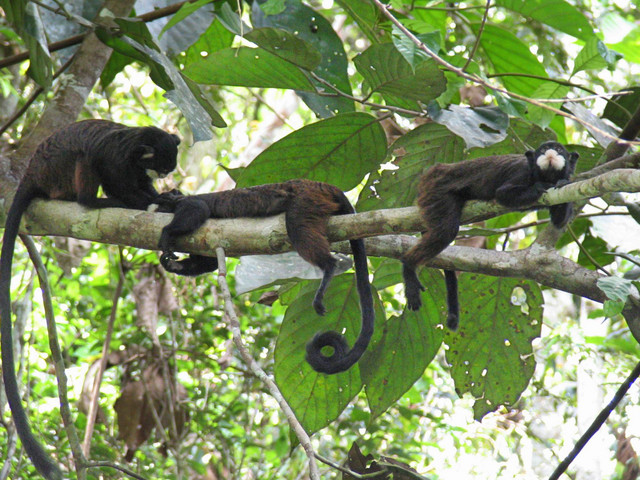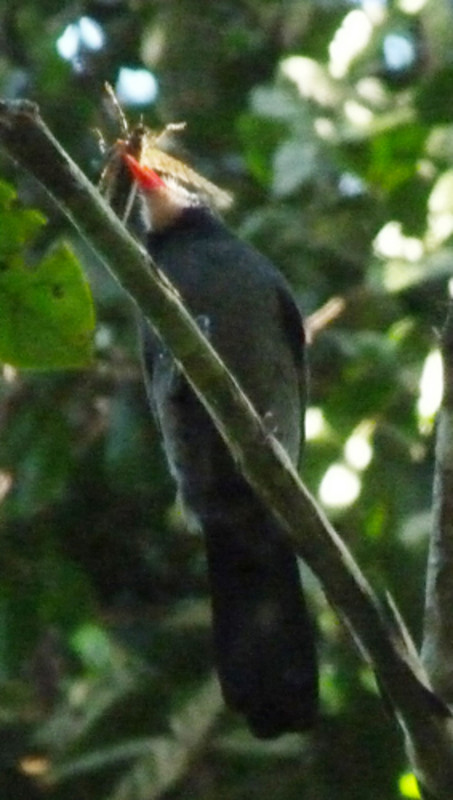When fish follow monkeys
The idea suggests itself: Where one animal species feeds, remains of the food might be dropped which will be a meal to another species or potential prey might be flushed. If both species tolerate each other, they might even benefit from each others' alarm calls against predators. But data about such associations in primates have been mostly confined to stray remarks in primate studies. Eckhard W. Heymann of the German Primate Center and Shin S. Hsia of Earth Corps have now reviewed a large number of relevant studies and by comparative analysis found that such associations have been documented quite often throughout almost all ranges of primates worldwide. Highlighting this conclusion, the review adds a new role in primates' significance for their habitat to the roster.
The researchers have found evidence for 174 such primate - non-primate associations (PNPA) in total, involving 64 primate species and 95 other vertebrates. Most of these associations can be categorized as commensalist: They are beneficial for the one part, neutral for the other (in this case mainly the primate species). Most often birds associate with primates. In Africa for example, the black-casqued hornbill (Ceratogymna astrata) joins several medium-sized primate species while these feed on fruit from trees. The birds take advantage of the relative security produced by the primates' vigilance and alarm calls against predators. Also the asiatic chital deer (Axis axis) entertains a close relation to northern plains gray langurs (Semnopithecus entellus): the deer follows langur groups on average 2.6 hours a day to eat fruit and leaves the primates drop. Even associations as improbable as between fish and primates are documented: In South America, fruit-eating Piraputangas (Brycon microlepis) have been spotted following a group of capuchin monkeys (Cebus apella) up to 100 yards along a river to snap up fruit dropped by the monkeys.
"The geographical distribution of such associations is also significant", Eckhard Heymann says. Most of them are reported for the Neotropics, many for Asia and the African Continent, but none for Madagascar. "We have so far only documented associations for diurnal species, which in part accounts for the fact that in the madagascan species, often being nocturnal lemurs, no associations are known", Heymann adds. Primates' role in their ecosystem has mainly been described as interactions with plants, less frequently as predators of smaller prey. "The new study now adds the role of associative partners to the picture", Heymann says.
Original Publication
Heymann, Eckhard W., and Shin S. Hsia: Unlike fellows - a review of primate-non-primate associations. Biol. Rev. (2014), doi: 10.1111/brv.12101 (open access)



